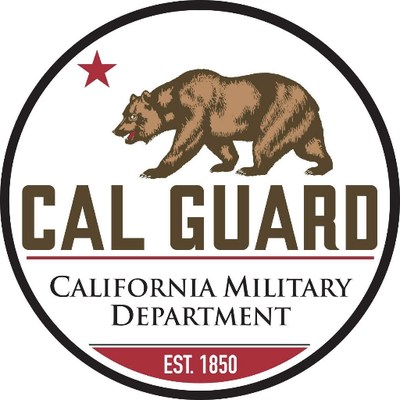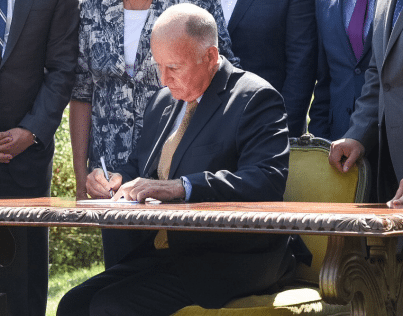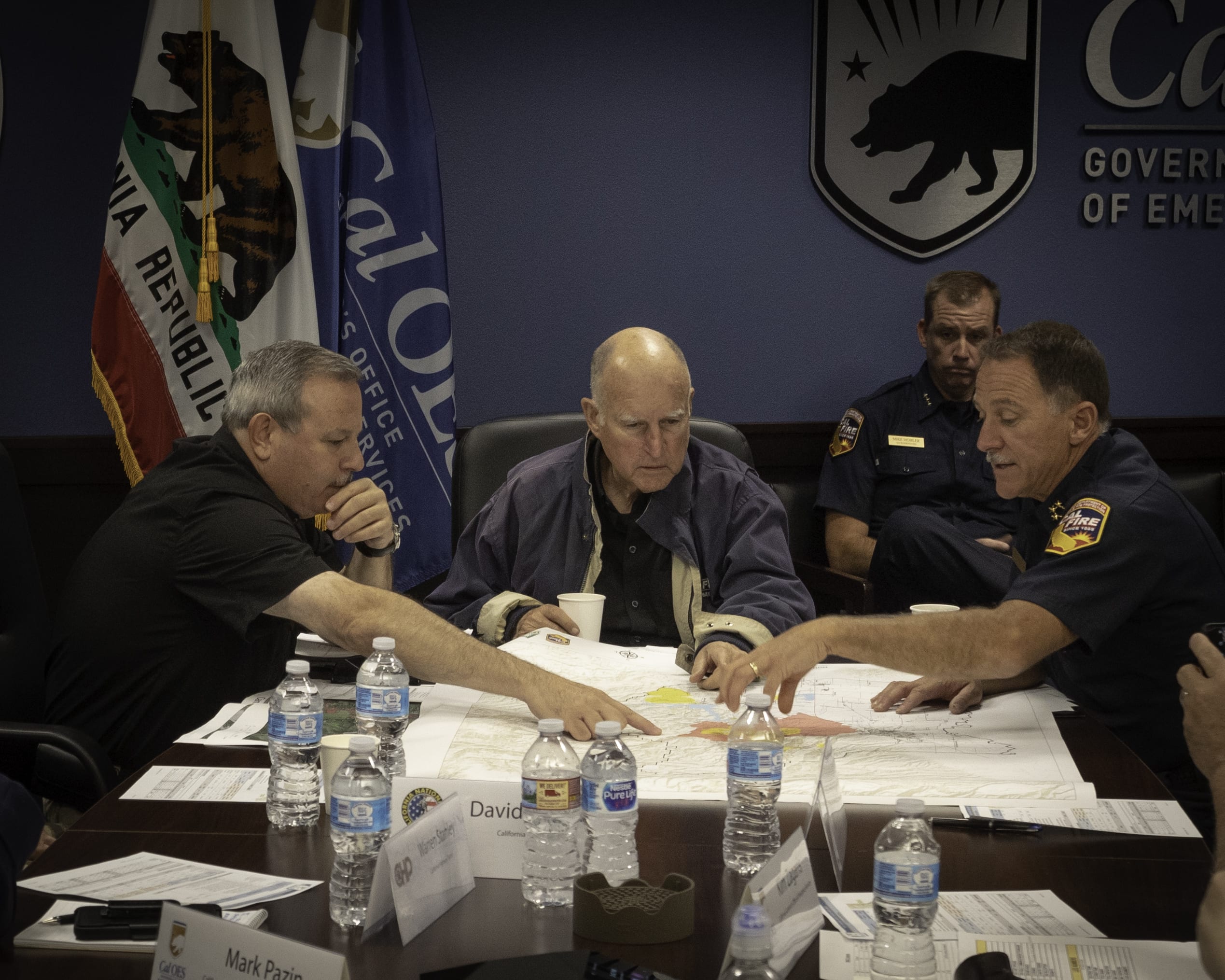
California Military Department. (Photo: calguard.ca.gov)
The California Governor and the State Militia
The Governor is the Commander in Chief of the Militia of the State
By Chris Micheli, January 2, 2022 9:34 am
In California’s Constitution, Article V, Section 7, “the Governor is commander in chief of a militia that shall be provided by statute. The Governor may call it forth to execute the law.”
In addition, the California Military and Veterans Code in Division 2 (The Military Forces of the State), Part 1 (The State Militia) contains Section 100 – 491.3. Article 1 of Part 1 of Division 2 is title Composition. Section 120 provides that the militia of the state consists of the National Guard, State Guard and the Naval Militia—which constitute the active militia—and the unorganized militia.
Section 121 specifies that the unorganized militia consists of all persons liable to service in the militia, but not members of the National Guard, the State Guard, or the Naval Militia. Government Code Section 1340 requires the Governor to commission several categories of individuals, including “all officers of the Militia.”
California law provides that the Governor is the Commander in Chief of the Militia of the State. In addition, the Governor is authorized to order the active militia or any portion of the militia to perform military duty. Moreover, the Governor is directed to have the Adjutant General make rules and regulations in conformity with the Military and Veterans Code that conform as nearly as practicable to those governing the United States Army, United States Air Force, and United States Navy.
Existing law requires the Governor to appoint the Adjutant General, who is given the same pay and allowances as received by a lieutenant general in the Army of the United States. In the event of the absence of the Adjutant General or of his inability to perform his duties, the Deputy Adjutant General or the officer designated by the Adjutant General performs those duties.
Finally, 2012 legislation (Chapter 355, SB 807, Correa) sets forth the following legislative findings and declarations:
(a) The full-time state militia provides California with a well-trained state military force that plays an integral role in the state’s emergency management system. The Governor, as Commander in Chief, commands all state military forces through the Adjutant General. California law requires the Adjutant General to command the state military for civil support, the California Cadet Corps, Youth Programs, and Funeral Honors Programs. In addition, the Adjutant General commands state military forces in military civil support when the public’s safety is jeopardized because of manmade or natural disasters. The full-time state military force provides California with military capabilities used to prepare for, respond to, and recover from the effects of emergencies regardless of cause, size, location, or complexity. The state militia is comprised of federally trained California National Guard and experienced State Military Reserve service members who are capable of immediately employing resources to save lives, prevent human suffering, or mitigate great property damage within the State of California.
(b) State active duty plays an important role in the national response framework. Under the 10th Amendment to the United States Constitution, national emergency response frameworks recognize that state forces have primary responsibility for providing military support to state and local authorities in emergencies. National Guard civil support refers to support provided to civil authorities for domestic emergencies and for designated law enforcement and other duties by the National Guard while in state active duty or while having the status described in Title 32 of the United States Code. State active duty military forces and National Guard forces conduct all missions in accordance with the needs of the state and within the guidelines of state laws. Because the National Guard continuously builds relationships with its civilian counterparts, when National Guard forces arrive to support an incident response, they usually integrate with first responders very quickly.
These legislative findings and declarations provide a good explanation of the role of the state militia in California. Ultimately, the state militia would assist the Governor in his constitutional duty to execute the law.
- Frequently Asked Questions about California Bills Having Certain Provisions - April 19, 2024
- Senate Proposes Equity Impact Analysis of Legislation - April 18, 2024
- Interesting Provision in Social Media Bill - April 18, 2024





This can’t be anything good for Californian’s. We have the worst governor in the U.S.
Both, Law Enforcement and National Guard Oaths swear to defend the Constitution of the United States and Constitution of California against enemies foreign and domestic… first and foremost. Never to betray integrity, character, and public trust.
Sorry, Marilyn, but that’s not how things work in the real world. If you’re given an unconstitutional order and fail to carry it out, your derriere will be jettisoned from the service in a heartbeat. How are you going to put food on the table? If you’re given an order to go door to door and confiscate firearms from law-abiding citizens and are also ordered to arrest or use “necessary force” for non-compliance, you’ll do it, damn the Constitution. Theory and reality can quite often be at odds with one another.
I kindly disagree sir. New laws were signed disallowing Kinetic, electric weapons on protestors and disorderly subjects. Translates to Riot Batons stun guns and pepper spray. National guard may not get these updates. They are not cops.
State Guard are non-paid individuals although Veterans from prior service background. Non armed. Nor are they physically capable of being deployed to a civil disturbance team. I was asked to join many years ago. I thought it to be nothing but asking for dig-own pit… Now jump in!
Seeing how todays street violence evolves, makes me in great want.
Wanting to move out of this state.